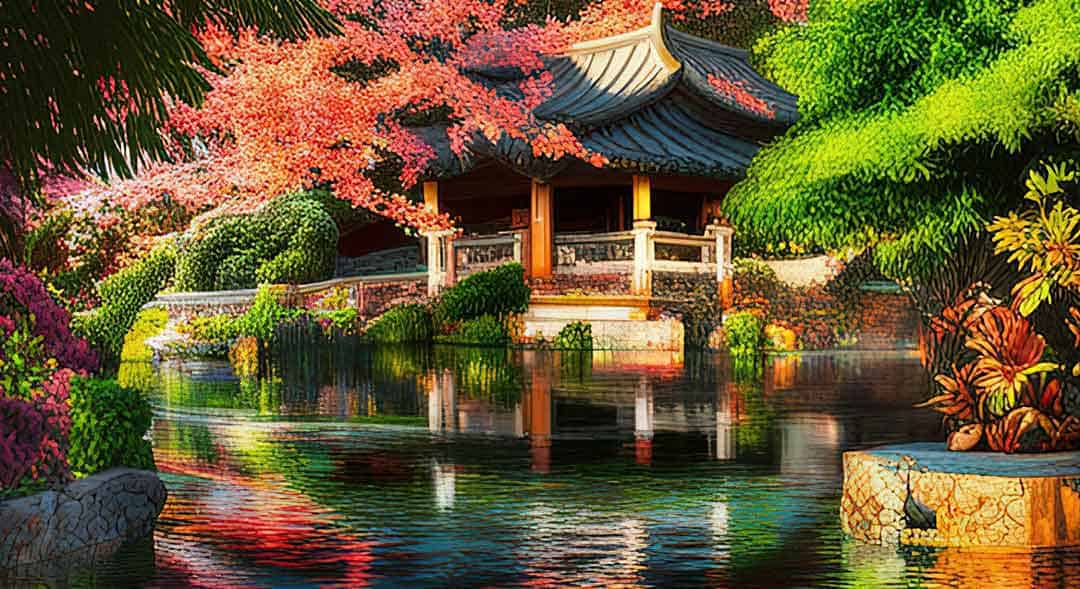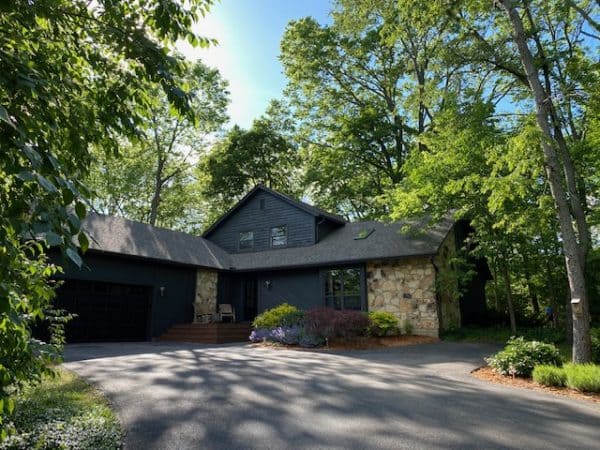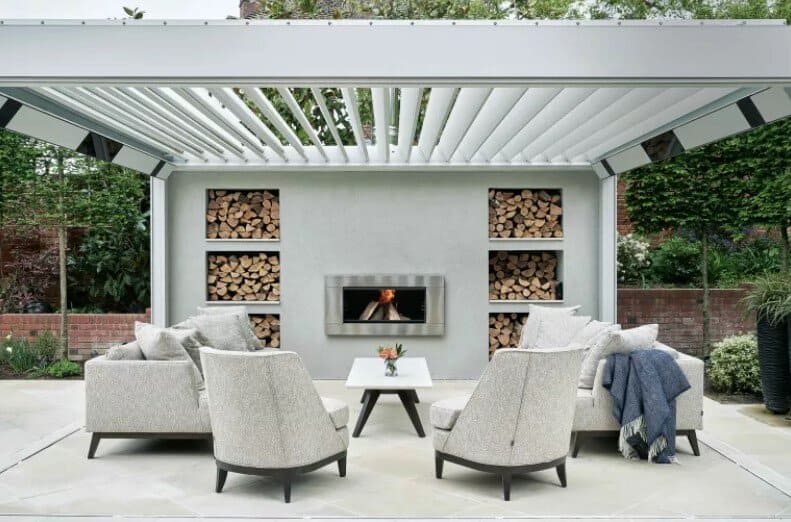Chinese roofs, with their distinctive architectural charm, have long been celebrated as iconic symbols of the nation’s rich cultural heritage. This essay explores the historical significance, design elements, and cultural symbolism embedded in Chinese rooftops, highlighting their enduring beauty that transcends time.
Historical Evolution:
The evolution of Chinese roofs can be traced back thousands of years, with their design undergoing significant transformations across various dynasties. During the early periods, roofs were primarily functional, providing protection against the elements. However, as Chinese civilization progressed, the architectural focus shifted towards integrating aesthetics with functionality.
In ancient China, the curved roof became a prominent feature, symbolizing heaven. The upward curvature was believed to connect the earthly realm with the divine, reflecting the strong influence of Confucian and Daoist philosophies on Chinese architecture. As dynasties changed, so did architectural styles, with each era contributing to the mosaic of influences seen in Chinese rooftops today.
Design Elements:
One of the most distinctive features of Chinese roofs is the use of colorful glazed tiles. The vibrant hues, including deep blues, greens, and reds, are not merely for aesthetic appeal but also hold symbolic meanings. Red, for instance, is associate with good luck and happiness, while green represents harmony and balance. The intricate patterns on the tiles often depict traditional motifs such as dragons, phoenixes, and mythical creatures, each carrying its own cultural significance.
Another crucial design element is the upturned eaves, a characteristic feature of Chinese architecture. The gracefully curled edges not only enhance the visual appeal but also serve practical purposes. They provide shade, deflect rainwater, and contribute to the overall harmony of the structure. The eaves are meticulously crafte to create a sense of balance and symmetry, reflecting the Chinese belief in the importance of harmony in all aspects of life.
Cultural Symbolism:
Chinese roofs are laden with cultural symbolism, reflecting the profound influence of Chinese philosophy and beliefs. The use of certain colors, shapes, and patterns conveys specific meanings deeply rooted in the country’s history and traditions. The dragon, for instance, often found in roof decorations, symbolizes power, strength, and good fortune, while the phoenix represents beauty and grace.
Additionally, the tiered structure of many traditional Chinese buildings is symbolic of social hierarchy and cosmic order. The number of tiers often corresponds to the importance of the structure, with more tiers indicating higher status. This hierarchical arrangement is a reflection of Confucian ideals that emphasize order and respect for authority.
Enduring Beauty:
The timeless beauty of Chinese roofs lies in their ability to seamlessly blend tradition with innovation. Despite evolving architectural styles and modern influences, the essence of Chinese rooftops remains intact, connecting the present to the rich tapestry of the past. The meticulous craftsmanship, attention to detail, and cultural symbolism contribute to their enduring allure.
In conclusion, Chinese roofs stand as a testament to the nation’s architectural prowess and cultural richness. Their evolution through various dynasties and the incorporation of symbolic elements have created a visual language that speaks to the heart of Chinese identity. As these roofs continue to adorn the skyline, they serve as a reminder of the profound connection between architecture, culture, and the enduring spirit of a nation.





